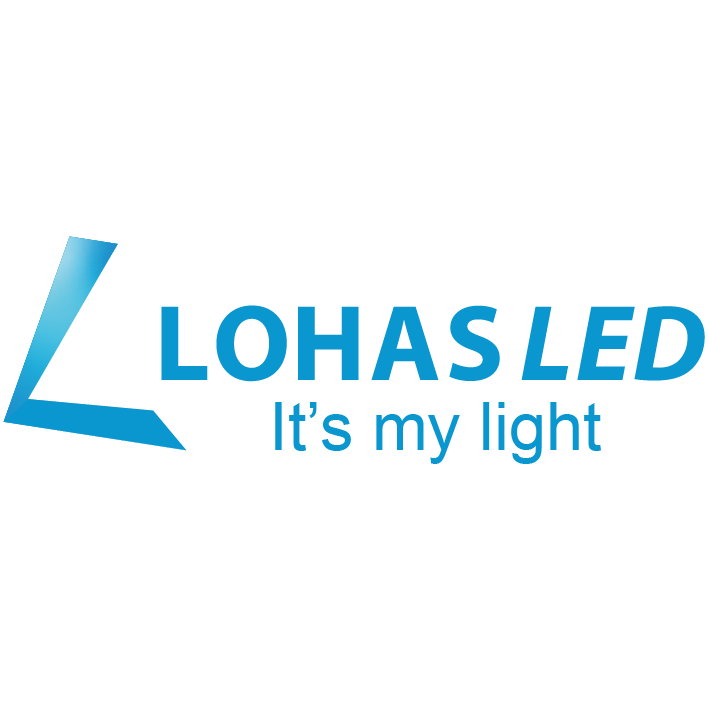Incandescent lamps, fluorescent lamps, energy-saving lamps and LED lamps have these differences!
The incandescent lamp is an electric light source that energizes and heats the filament to an incandescent state, and emits visible light by using thermal radiation. Since 1879, American inventor Thomas Alva Edison made a carbon fiber (carbon filament) incandescent lamp. Through continuous improvement of filament materials, filament structure, and filling gas, the luminous efficiency of the incandescent lamp has also increased accordingly. . In 1959, the United States developed a tungsten halogen lamp with extremely small volume and decay based on the incandescent lamp. The development trend of incandescent lamps is mainly to develop energy-saving bulbs. Incandescent lamps with different uses and requirements have different structures and components. Although the luminous efficiency of the incandescent lamp is low, the light color and light collection performance are very good, and it is the electric light source with the largest output and the most widely used. However, the luminous efficiency and other light point parameters of incandescent lamps are inferior to new light sources such as energy-saving lamps and tungsten halogen lamps, and are gradually being replaced by new light sources.Fluorescent lamps, traditional fluorescent lamps, or low-pressure mercury lamps, use low-pressure mercury vapor to release ultraviolet rays after being energized, so that the fluorescent powder emits visible light. Therefore, it is a low-pressure arc discharge light source. In 1974, Philips in the Netherlands first successfully developed a phosphor that would emit red, green and blue light sensitive to the human eye. The development and application of three primary colors (also known as three primary colors) phosphors is an important milestone in the development history of fluorescent lamps. The electrodeless fluorescent lamp is the electrodeless lamp. It cancels the filament and electrode of the traditional fluorescent lamp, and uses the principle of electromagnetic coupling to excite the mercury atoms from the original state to the excited state. Its light-emitting principle is similar to that of the traditional fluorescent lamp. Good color rendering and other advantages. It can be seen from the light-emitting mechanism of fluorescent lamps that phosphors play a key role in the quality of fluorescent lamps. Fluorescent lamps are gas discharge light sources, and the volt-ampere characteristics of gas discharge light sources are shown in Figure (b). A~D on the curve is the non-self-sustained discharge low light zone; D~E is the transition zone; E~F is the normal glow discharge zone, such as neon lights; F~G is the abnormal glow discharge zone; G~K is the normal arc Discharge area, such as sunlight.
Energy-saving lamps, also known as energy-saving bulbs, electronic bulbs, compact fluorescent lamps and integrated fluorescent lamps, refer to lighting equipment that combines fluorescent lamps and ballasts (ballasts) into a whole. The promotion of energy-saving lamps is of great significance. However, the environmental hazards of waste energy-saving lamps have also caused concern. By the end of October 2012, hundreds of millions of energy-saving lamps have been scrapped in the energy-saving promotion project, each of which can pollute 180 tons of water and 56 acres of soil. The disposal and recycling of waste energy-saving lamps has caused concern. Nevertheless, people's demand for energy-saving lamps is still growing, especially in the just approaching 2015, the demand is still increasing. Wide working voltage: 170V-250V is suitable for China's power supply needs, long life, average service life ≥8000 hours. No noise, no flicker, no interference to communications and household appliances. Compared with ordinary incandescent bulbs, it saves 80% of electricity. Using high-quality pure three-color phosphor tube, high luminous efficiency, low light decay, natural light, low power consumption, low heat, color temperature 2700K, 6400K, is the best choice for lighting source.
LED is the abbreviation of English light emitting diode (light emitting diode), its basic structure is an electroluminescent semiconductor material chip, cured on the bracket with silver glue or white glue, and then connected the chip and the circuit board with silver or gold wire , And then sealed with epoxy resin around to protect the inner core wire, and finally install the shell, so the LED light has good seismic performance. The application areas involve the production of daily home appliances and machinery such as mobile phones, desk lamps, and home appliances. LED uses a cold light source, with low glare, no radiation, and no harmful substances during use. LED has better environmental protection benefits. There are no ultraviolet and infrared rays in the spectrum, and the waste can be recycled, no pollution, no mercury element, and safe touch. It is a typical green lighting source. The service life can reach 60,000 to 100,000 hours, which is more than 10 times the service life of traditional light sources. The LED performance is stable, and it can work normally at -30~+50°C. The emergence of white LEDs is a substantial step for LEDs from marking functions to lighting functions. White LED is the closest to daylight and can better reflect the true color of the illuminated object. So from a technical point of view, white LED is undoubtedly the most advanced technology of LED.
 USD
USD GBP
GBP CNY
CNY SAR
SAR SGD
SGD NZD
NZD ARS
ARS INR
INR COP
COP AED
AED